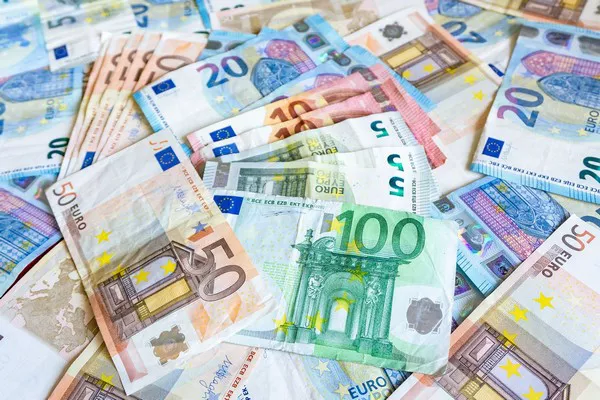EUR/USD extended its gains from the previous session and rose to around the 1.0730 area in early European trading on Monday. The pair moved higher as the US dollar retreated.
The dollar fell to around 104.60, extending losses even as U.S. bond yields rose. The 10-year yield rose 0.52% to 4.29%.
The dollar is expected to remain strong thanks to strong U.S. economic data. Investors may focus on the U.S. consumer price index for August released on Wednesday.
The data is likely to provide additional insight into the country’s inflation profile, which could have a significant impact on investors trading EUR/USD.
U.S. Treasury Secretary Janet Yellen returned from the G20 summit on Sunday arguing that the United States has the ability to control inflation without damaging the job market. Yellen further mentioned that “every indicator of inflation is on a downward path.”
Investors have priced in expectations that the Federal Reserve will raise interest rates by 25 basis points (bps) at its November or December meeting. In addition, the Federal Reserve is expected to maintain higher interest rates in the long term. This hawkish stance from the central bank could limit the upside potential of the EUR/USD pair.
Federal Reserve Governor Christopher Waller mentioned that the Fed has some room to raise interest rates, but these decisions will be driven by economic data. Meanwhile, Boston Fed President Susan Collins highlighted the potential risks associated with an overly restrictive monetary policy stance and advocated for a patient, cautious and thoughtful approach to policy decisions.
In addition, Chicago Fed President Austan Goolsbee outlined the central bank’s goal of guiding the economy on a “golden path.” This path represents a scenario in which inflation falls without triggering a recession, a delicate balance that central banks strive to achieve to keep economies stable and growing.
On the other hand, the European Central Bank is likely to keep interest rates unchanged at its meeting on Thursday. German data released last Friday showed that the country’s annual adjusted inflation rate in August was 6.4%, in line with market expectations, and the core inflation rate remained unchanged at 6.1%.
On Saturday, China’s consumer price index (CPI) for August was lower than expected, and the euro may have been suppressed. The Consumer Price Index report showed annual growth of 0.1%, below market expectations of 0.2%. However, consumer prices improved from -0.3% last month.
Traders can expect to gain a deeper understanding of China’s economic conditions by looking at the obstacles authorities are working to overcome. The market expects the Chinese government to take further monetary and fiscal measures to achieve its GDP growth target of 5% this year.


